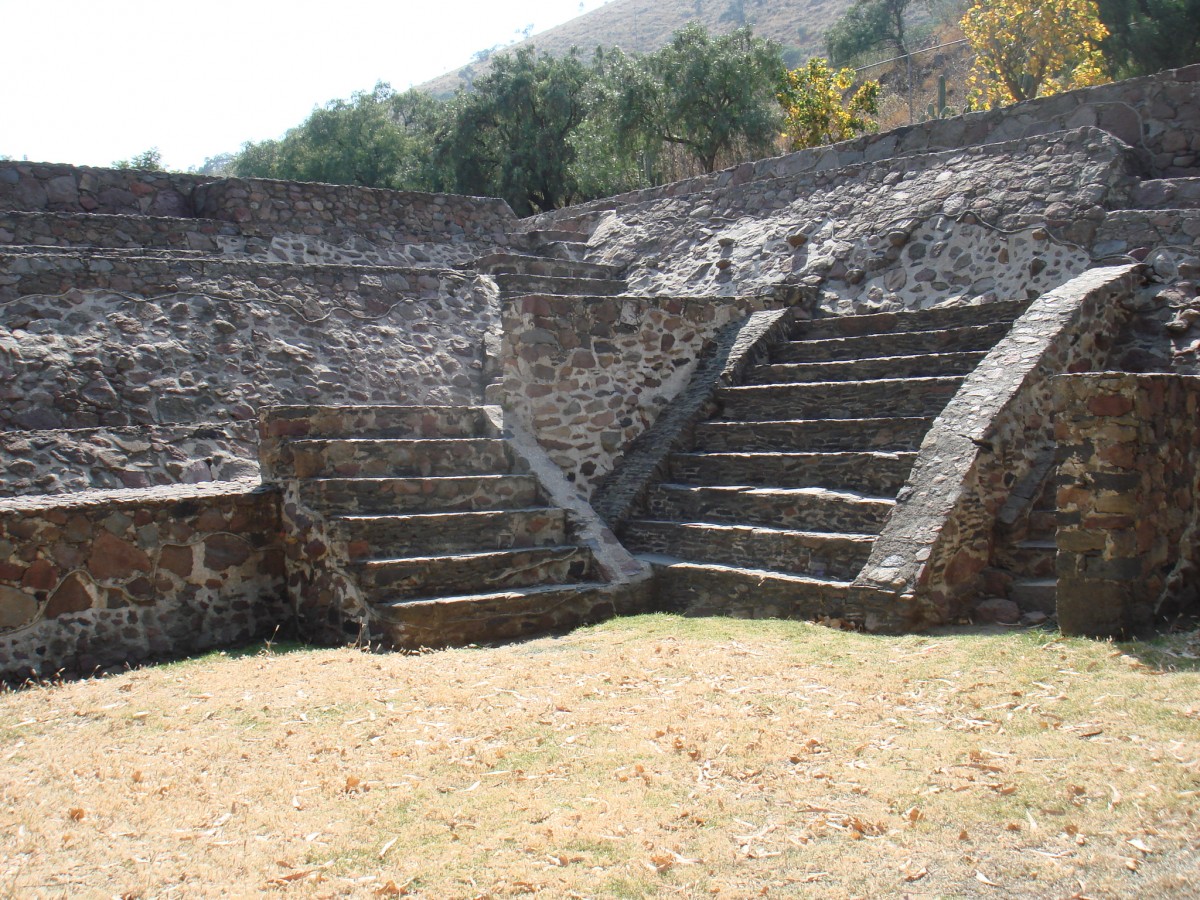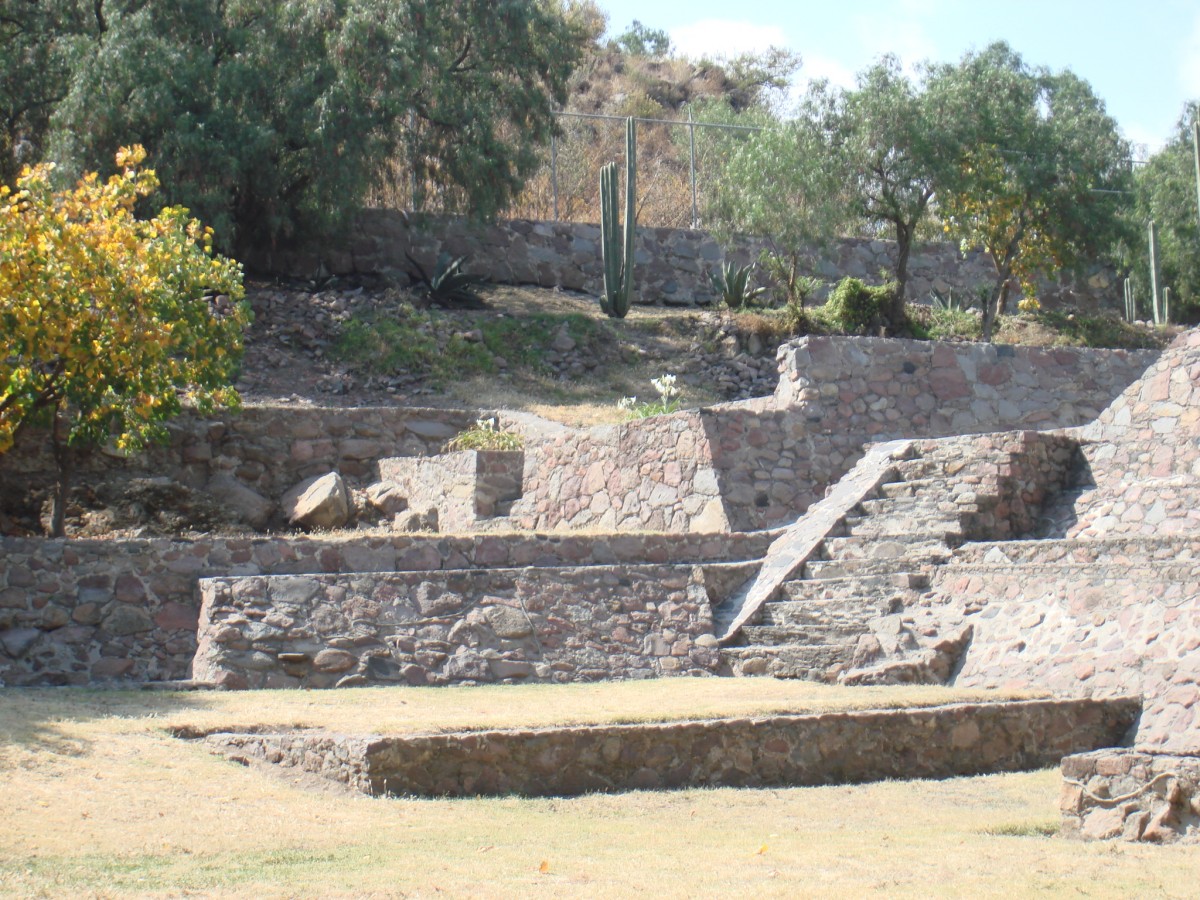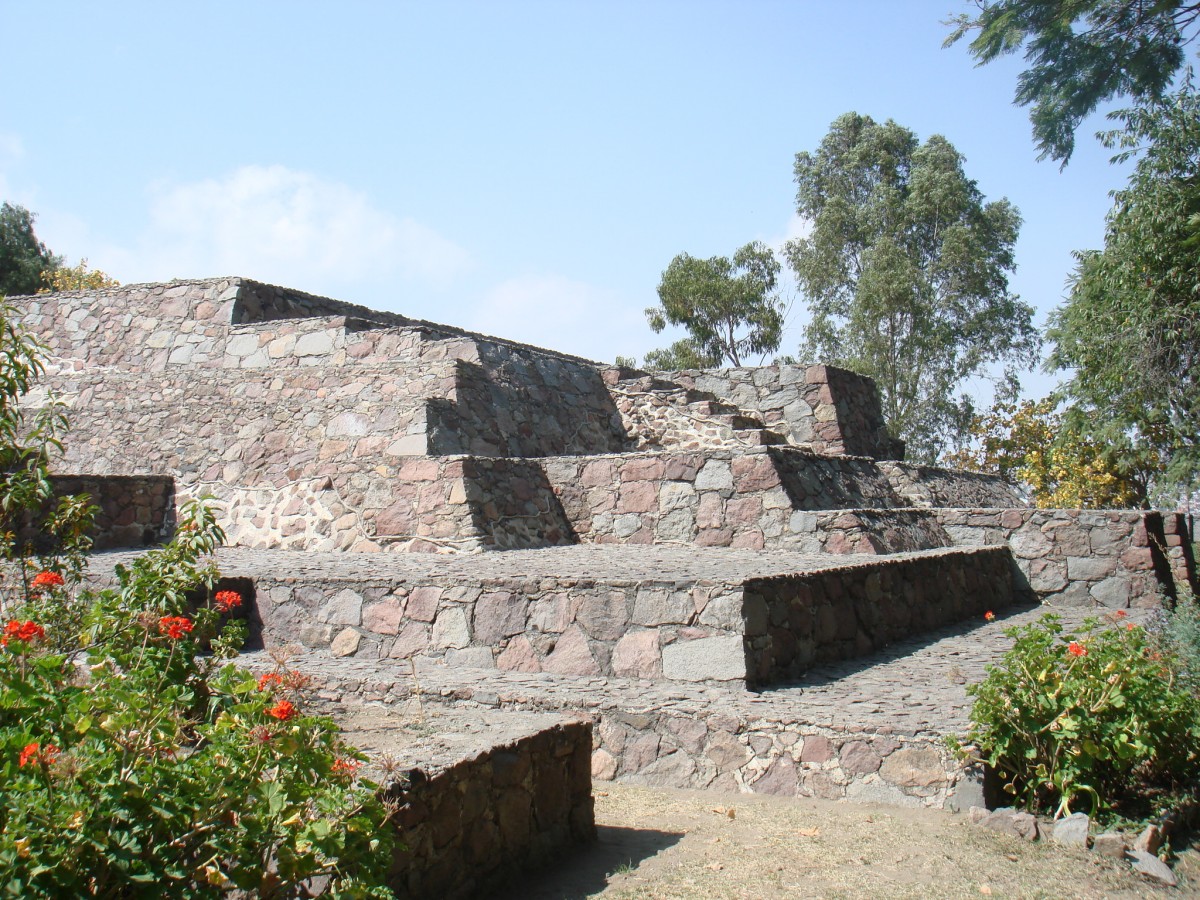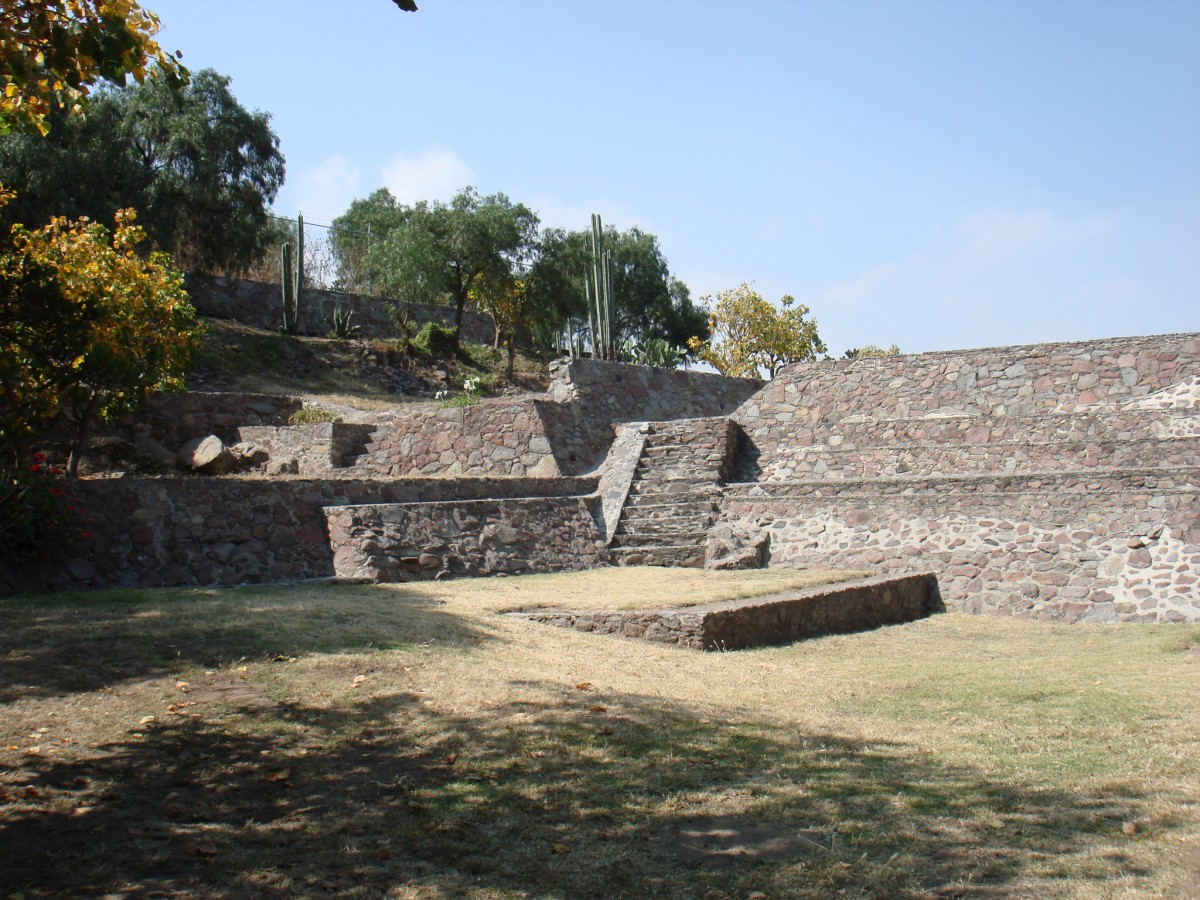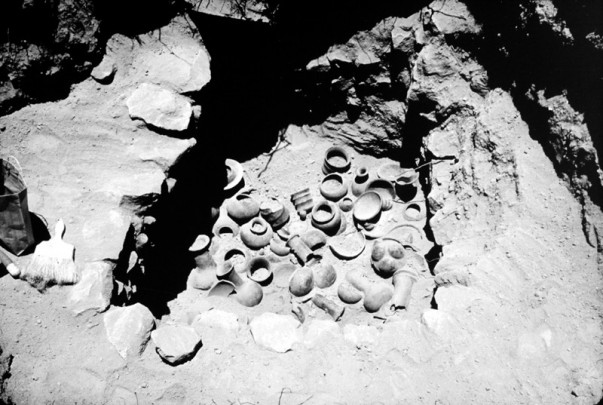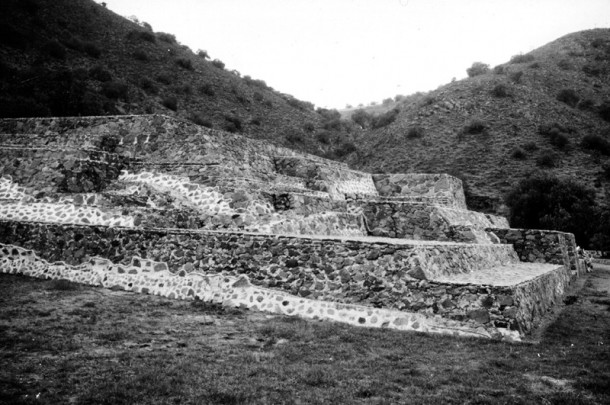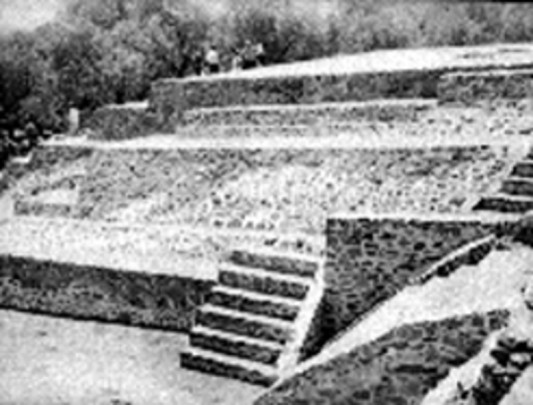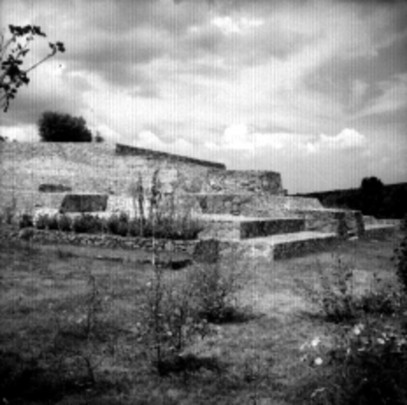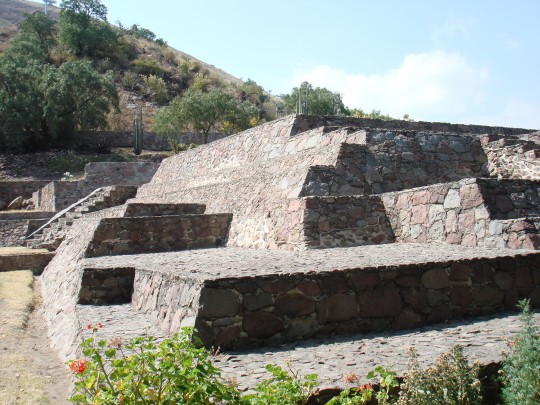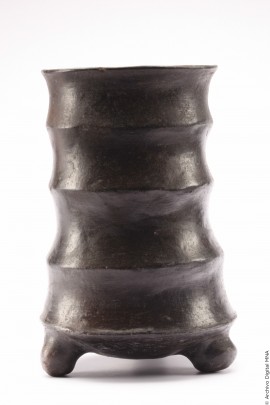Tlapacoya
The washing place
A very ancient site in the Valley of Mexico, on the shore of Lake Chalco, which is practically dry today. It was one of the earliest ceremonial centers in Mesoamerica. Human remains from the site date back 25,000 years and the site is famous for its small female clay figures.
About the site
The Tlapacoya archeological site is in the town of Santa María Tlapacoya, a municipality of Ixtapaluca in the southeast of the State of Mexico. The pyramid built on the side of the Cerro del Elefante is the highlight. Traces of the first inhabitants of the Valley of Mexico have been found in the surrounding area. These were from the Archeolithic period from 3000 to 2000 BC. Agricultural groups arrived on the north side of the hill during the Formative period (2000 BC-200), reaching their peak in the Late Formative (400 BC-200).
After 100 BC it is possible that a large part of the population migrated to Teotihuacan, which reduced their influence in the south of the Mexico basin. However Tlapacoya was not completely abandoned because ceramic burial offerings from the Classic period have been found.
The pyramid was built with a series of platforms where there is evidence of three building stages with stairways located on three of its sides. Three tombs with rich offerings of ceramic vessels, figurines and adornments, as well as objects made from obsidian, serpentine (a greenish stone nearly as hard as marble) and jade, which denote social differentiation and the sumptuary goods found in the offerings are evidence of relations with groups in the west and south of Mexico.
After 100 BC it is possible that a large part of the population migrated to Teotihuacan, which reduced their influence in the south of the Mexico basin. However Tlapacoya was not completely abandoned because ceramic burial offerings from the Classic period have been found.
The pyramid was built with a series of platforms where there is evidence of three building stages with stairways located on three of its sides. Three tombs with rich offerings of ceramic vessels, figurines and adornments, as well as objects made from obsidian, serpentine (a greenish stone nearly as hard as marble) and jade, which denote social differentiation and the sumptuary goods found in the offerings are evidence of relations with groups in the west and south of Mexico.
1800 a.C.- 400 a.C.
Preclásico Temprano a Clásico
Clásico Temprano
1200 a.C. - 400 a.C.
Clásico Temprano
Practical information
Temporarily closed
Tuesday to Sunday from 10:00 to 16:00 hrs.
Se localiza en el municipio de Ixtapaluca, Estado de México.
From Mexico City, take Federal Highway 190 Mexico-Puebla and, at kilometer 28, take a right on streets 5 de Mayo and Olmecas. Continue along Calle del Silencio to reach the site.
Services
-
+52 (722) 167 1325
-
This email address is being protected from spambots. You need JavaScript enabled to view it.
Directory
Responsable
María Olivia Torres Cabello
This email address is being protected from spambots. You need JavaScript enabled to view it.

